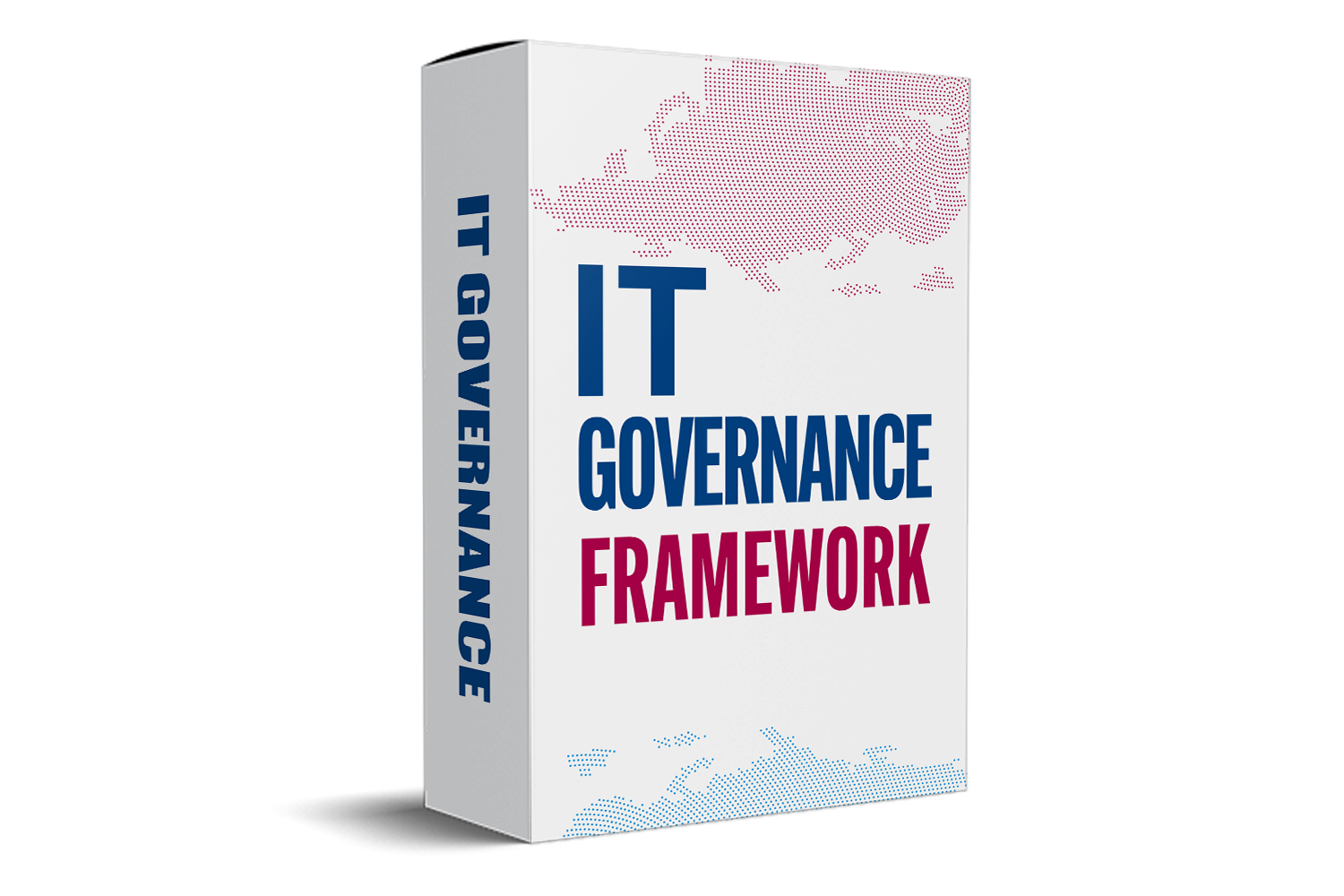Efficient Solutions: ISO 9001 Corrective Action Tracker Template
Welcome to a comprehensive guide on the Corrective Action Register, a pivotal component in ISO 9001 quality management systems. This guide is designed for both quality professionals and business owners, providing insights into the purpose of the Corrective Action Register and effective implementation strategies for driving positive change within your organization.
Understanding the Significance of Corrective Action
Effective corrective action is fundamental for maintaining quality standards and ensuring customer satisfaction. It enables organizations to identify and address the root causes of non-conformities, preventing their recurrence. A robust Corrective Action Register showcases a commitment to continual improvement, acting as a centralized database to capture and analyze corrective actions.
Maintaining and Updating the Corrective Action Register
Regular maintenance and updates of the Corrective Action Register are crucial for its effectiveness in monitoring and tracking corrective actions. To ensure this, designate a responsible person or team with a clear understanding of ISO 9001 requirements and the organization's processes.
Regularly review the register to ensure accurate information capture, including details of non-conformities, root cause analysis, actions taken, and results achieved. Track progress by setting deadlines, assigning tasks, and monitoring the status of each action.
Periodically analyze register data to identify trends or recurring issues, addressing systemic problems at a higher level. This proactive approach ensures that corrective action processes remain effective and aligned with ISO 9001 requirements.

Key Components of a Corrective Action Register
-
Issue Identified: Clearly define the identified issue, providing relevant details for a comprehensive understanding.
-
Root Cause Analysis: Conduct a thorough analysis to identify underlying causes, addressing core issues rather than surface-level symptoms.
-
Corrective or Preventive Action: Outline specific actions, detailing responsibilities, deadlines, and required resources to fix existing problems or prevent future occurrences.
-
Status/Comments: Regularly update the status and provide comments on progress, fostering transparent communication and addressing any challenges encountered.
A well-maintained Corrective Action Register ensures accountability, transparency, and efficient issue resolution within the organization.
Benefits of Using a Corrective Action Register
Implementing and maintaining a Corrective Action Register offers several advantages:
-
Enhanced Accountability: Assigning responsibilities and tracking progress promotes accountability, preventing issue recurrence.
-
Improved Communication: The register serves as a centralized platform for documenting and sharing information, enhancing communication and collaboration.
-
Continuous Improvement: Regular reviews identify patterns and trends, allowing organizations to address systemic issues for continuous improvement.
-
Compliance with ISO 9001: Fulfill ISO 9001 requirements systematically, demonstrating commitment to quality management and maintaining certification.
Conclusion
A well-utilized Corrective Action Register is indispensable for organizations aiming to enhance their quality management systems. The benefits include accountability, improved communication, continuous improvement, and ISO 9001 compliance. By implementing effective strategies, businesses can ensure timely corrective actions, prevent recurrence, promote collaboration, and foster a culture of continuous improvement. In the next section, practical strategies for optimizing the Corrective Action Register process will be explored. Stay tuned for valuable insights to streamline your quality management systems.



